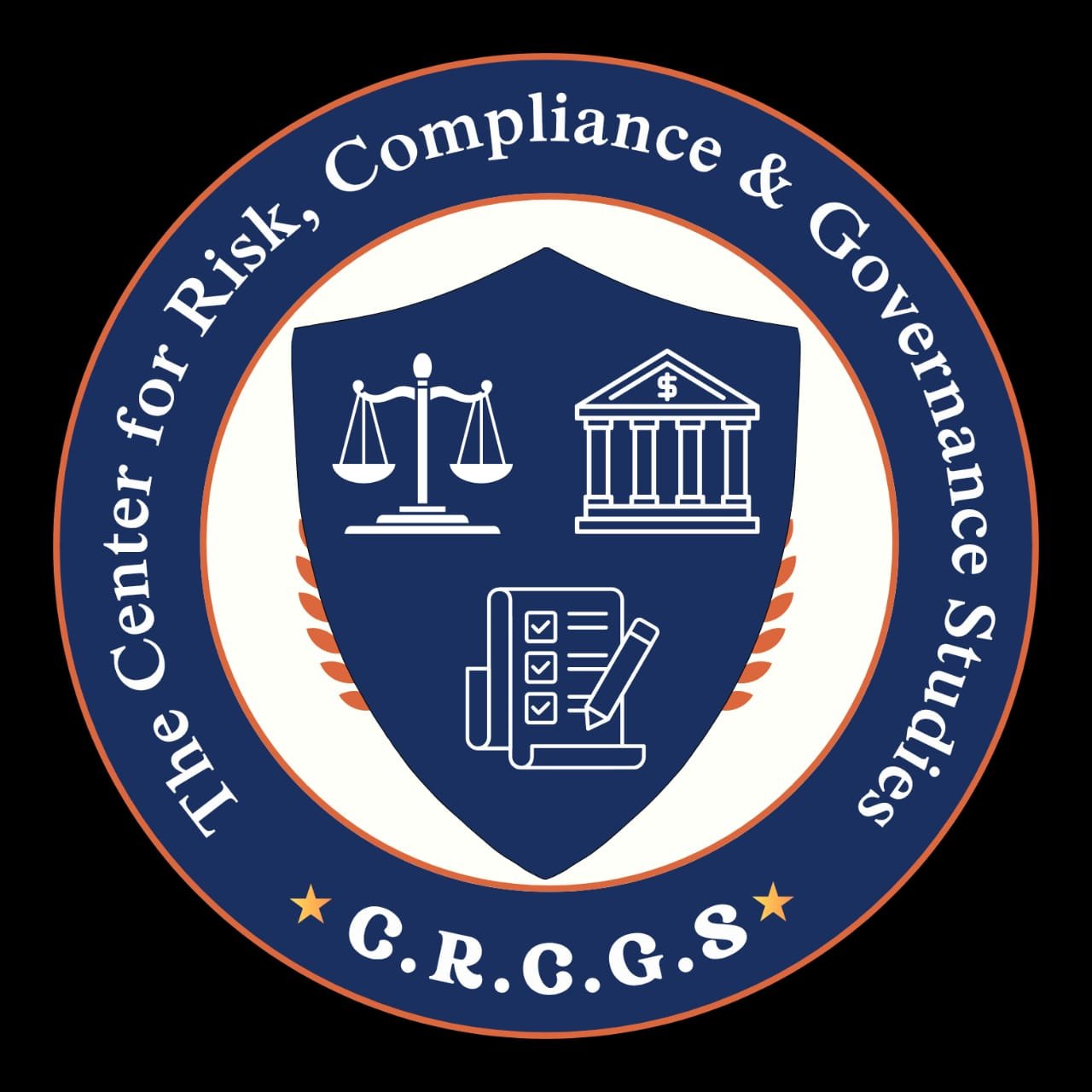Financial Fraud and Cybercrime: How Hackers Steal Your Money

Financial Fraud and Cybercrime: How Hackers Steal Your Money
Financial fraud and cybercrime are increasing threats that affect people, companies, and governments in today's digitally driven economy. Cybercriminals are employing more advanced techniques to take advantage of flaws in systems and user behavior as the number of online transactions and digital payment platforms rises. Preventing cyberattacks and protecting your finances requires an understanding of how hackers work.
The Most Typical Types of Cybercrime in Finance
1. Phishing: Disguised Deceptive Traps
One of the earliest and most successful strategies employed by cybercriminals is phishing. In order to fool victims into disclosing private information like passwords, credit card numbers, or one-time passwords (OTPS), hackers pose as trustworthy organizations, such as banks, government organizations, or service providers, and send phony emails, SMS, or even phone calls.
Example: A user gets a link in an email that looks to be from their bank, asking them to confirm their account. The link takes users to a phoney website that looks exactly like the real one, where they unintentionally enter their login information, granting the attacker complete access.
2. Data Hostage by Ransomware
Malware that locks down a victim's systems or encrypts their data until a ransom is paid, usually in cryptocurrency, is known as ransomware. These attacks, which usually enter through unprotected email attachments or software flaws, target both individuals and large organisations.
Notable Case: Over 200,000 computers in 150 countries were impacted by the 2017 WannaCry ransomware attack, which also impacted telecom providers, logistics companies, and hospitals. The estimated losses were in the billions.
3. Fraud Using Digital Payments: Abusing Convenience
Peer-to-peer (P2P) apps, mobile wallets, and QR code payments have all increased the prevalence of digital payment fraud. To start fraudulent transactions, criminals take advantage of flaws in account recovery procedures, payment authentication, or the use of stolen identities.
Among the tactics are:
· OTPS interception through SIM swapping.
· Taking over an account with credentials that have been leaked from data breaches.
· Phishing payment portals or merchant apps.
How Hackers Acquire Entry
· Social engineering: Tricking people into disclosing personal information.
· Credential stuffing: Using passwords that have been leaked from one website to gain access to another.
· Man-in-the-middle attacks: These involve listening in on user and system communications.
· Injection of malware: Through unprotected websites or software that has been pirated.
The Best Ways to Safeguard Your Money
· All email and financial accounts should have multi-factor authentication (MFA) enabled.
· Refrain from downloading unknown attachments or clicking dubious links.
· Get in touch with the organisation directly to confirm requests for sensitive information.
· Update your antivirus program and systems.
· Make use of a trustworthy password manager and create strong, one-of-a-kind passwords.
· Keep a close eye on your financial accounts to spot any unauthorised activity.
· Exercise caution when using public Wi-Fi; stay away from using unprotected networks to access sensitive accounts.
Conclusion
Financial fraud and cybercrime are not merely IT problems; they are financial hazards that call for awareness, caution, and preventative action. The need for people and organisations to protect themselves from these unseen dangers is growing along with the digital economy. You can greatly lower your chance of becoming a victim by being informed and implementing cybersecurity best practices.

 CRCGS
CRCGS 





